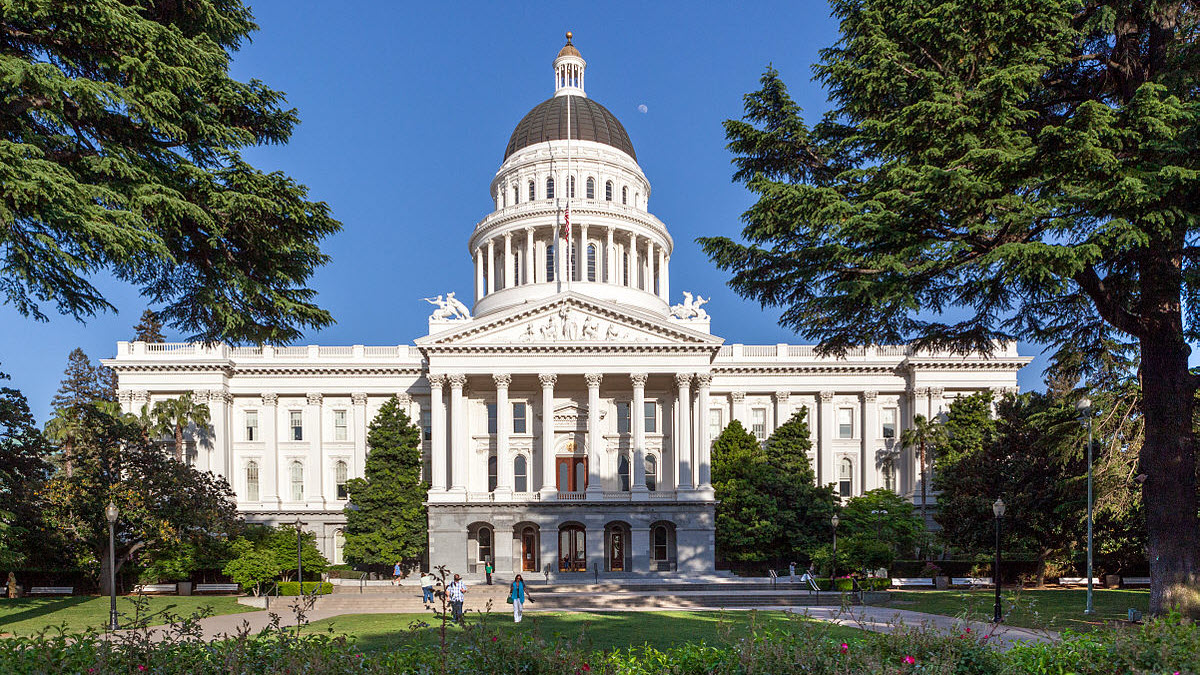California Mandates Close to Digital Divide
Aims at connecting all students

California's governor is mandating that his state close the digital divide.
Governor Gavin Newsom has issued an executive order "directing state agencies across government to bridge the digital divide" with a focus on connecting students trying to keep up their studies during the pandemic.
The order includes the creation of a state Broadband Action Plan, a directive that connectivity should be at a minimum 100 Mbps download speeds, and that California conduct its own broadband mapping initiative to identify where broadband is and isn't.
The FCC is coming up with its own regime for better mapping broadband availability, conceding the criticisms from many quarters, including both sides of the aisle on Capitol Hill, that its broadband mapping has been deficient.
Newsom said this week that the state budget is divvying up $5.3 billion in "learning loss mitigation funds" among every local educational agency to support distance learning.
"Because this pandemic has an inequitable impact on communities – including a digital divide in access to technology necessary for distance learning," said Newsom's office, the majority of that money (81%) is targeted to students with the greatest need--low income.
Newsom's new aspirational-sounding statewide requirements, include 1) "Access to devices and connectivity for all kids; "daily live interaction with teachers and other students; "challenging assignments equivalent to in-person classes; "adapted lessons for English-language learners and special education students."
Multichannel Newsletter
The smarter way to stay on top of the multichannel video marketplace. Sign up below.
Results from the Trump Administration's most recent internet use study concluded that "a persistent digital divide still exists based on income levels, age groups, and race, among other factors."
Contributing editor John Eggerton has been an editor and/or writer on media regulation, legislation and policy for over four decades, including covering the FCC, FTC, Congress, the major media trade associations, and the federal courts. In addition to Multichannel News and Broadcasting + Cable, his work has appeared in Radio World, TV Technology, TV Fax, This Week in Consumer Electronics, Variety and the Encyclopedia Britannica.

